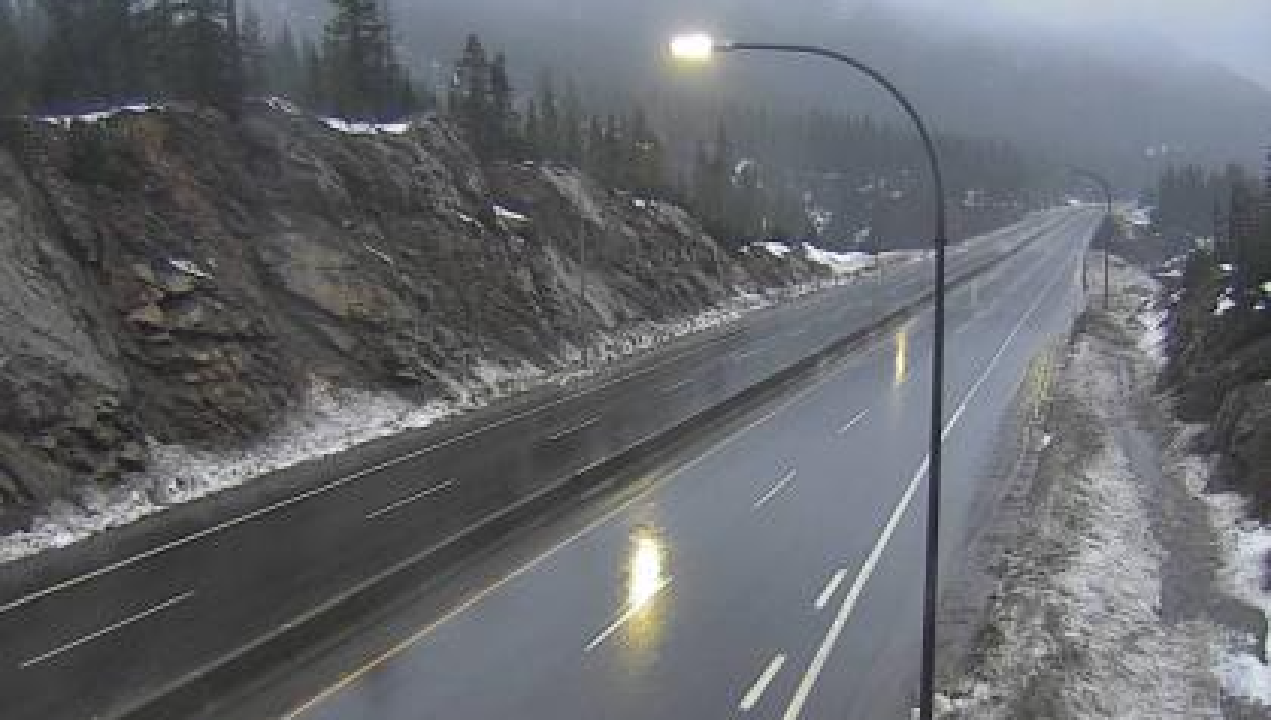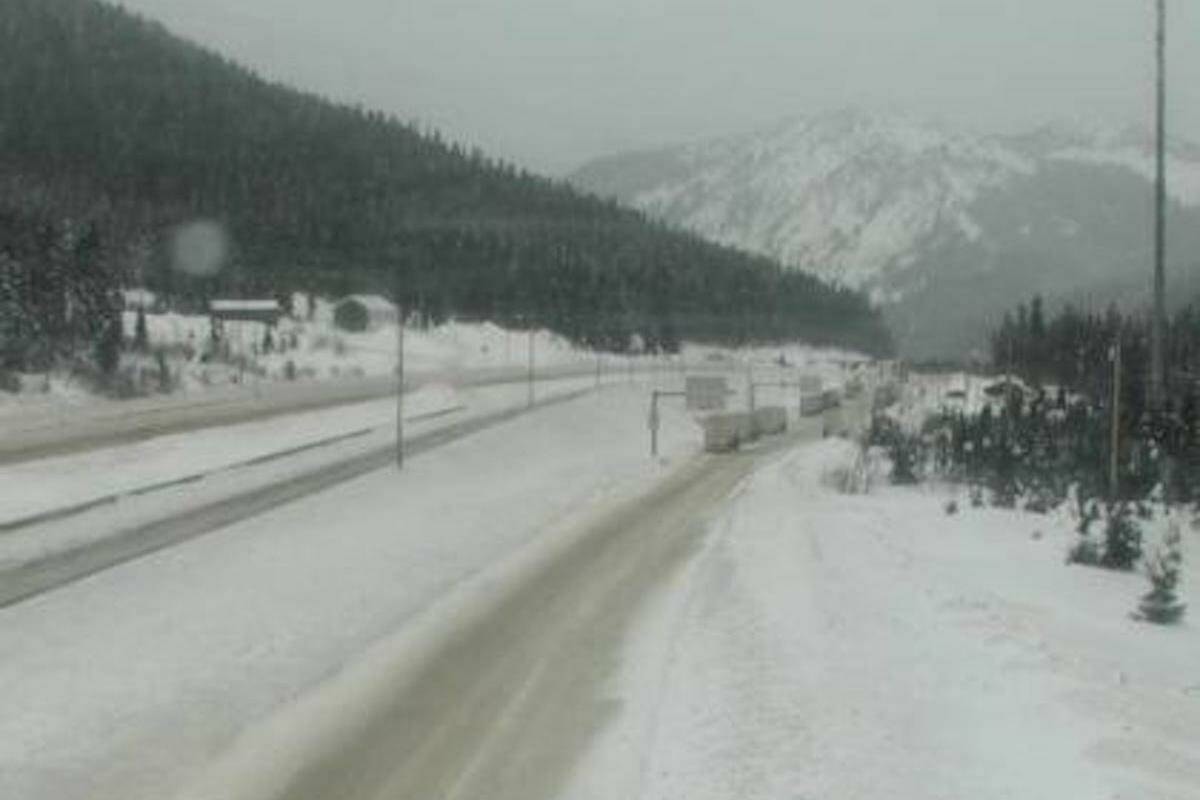Coquihalla weather camera systems provide crucial real-time visual data for drivers navigating the challenging Coquihalla Highway. This technology offers a unique perspective on ever-changing weather conditions, supplementing traditional forecasts and road reports. Understanding how these cameras function, the data they provide, and their limitations is essential for safe travel along this important route.
The Coquihalla Highway, known for its dramatic mountain passes and susceptibility to severe weather, presents unique challenges for drivers. Real-time visual information from strategically placed weather cameras offers a critical advantage, allowing drivers to make informed decisions regarding travel safety. This article will explore the technology behind these cameras, methods for accessing and interpreting the data, and comparisons with other weather information sources.
Coquihalla Highway Weather Cameras: A Comprehensive Overview

The Coquihalla Highway, a vital transportation artery in British Columbia, Canada, presents unique challenges due to its mountainous terrain and unpredictable weather. Real-time weather information is crucial for safe travel, and weather cameras play a significant role in providing this critical data to drivers. This article explores the Coquihalla Highway’s geographical features, typical weather patterns, the functionality of its weather cameras, methods for accessing and interpreting camera data, and a comparison with other weather resources, ultimately highlighting the impact of weather on highway safety.
Coquihalla Highway Overview

The Coquihalla Highway (Highway 5) traverses a challenging mountainous region, characterized by steep grades, narrow sections, and exposure to diverse weather conditions. Elevation changes dramatically along its route, leading to significant variations in temperature and precipitation. The highway experiences a wide range of weather phenomena throughout the year, including heavy snowfall, freezing rain, strong winds, and fog, particularly during the fall and winter months.
Real-time weather information is paramount for drivers to make informed decisions regarding travel safety, ensuring they are prepared for potentially hazardous conditions. Delays and accidents are common during severe weather events, and accurate, up-to-the-minute data can significantly reduce these risks.
| Location | Typical Weather | Hazards |
|---|---|---|
| Lower Coquihalla (near Hope) | Generally milder, rain in winter, occasional snow | Fog, localized flooding |
| Mid-Coquihalla (high elevation) | Heavy snowfall, freezing rain, strong winds, low visibility | Black ice, avalanche, road closures |
| Upper Coquihalla (near Kamloops) | Less severe than mid-section, but still susceptible to snowfall and strong winds | Snow drifts, icy patches |
Functionality of Weather Cameras
Coquihalla weather cameras employ advanced technology to capture and transmit real-time images of road conditions. These cameras utilize high-resolution image sensors and weather-resistant lenses to capture clear images, even in challenging weather conditions. Images are typically transmitted using a combination of cellular and microwave technologies to ensure reliable data transmission, even in remote areas. Sophisticated image processing techniques enhance visibility and clarity by adjusting brightness, contrast, and sharpness, compensating for adverse weather effects such as fog, snow, or rain.
A mobile application could display live feeds from multiple cameras using a user-friendly interface. The app would feature a map showing camera locations, allowing users to select and view specific camera feeds. Each camera feed would display a timestamp, and potentially include overlayed weather data such as temperature and wind speed. The app could also incorporate alerts for severe weather conditions in specific sections of the highway.
Accessing and Interpreting Camera Data, Coquihalla weather camera
Live feeds from Coquihalla weather cameras are typically accessible through the Ministry of Transportation and Infrastructure’s website or mobile app. Interpreting the images requires careful observation and understanding of potential weather hazards. Drivers should look for signs of snow accumulation, ice formation, reduced visibility due to fog or snow, and the presence of any debris on the roadway.
It’s crucial to remember that camera data provides a snapshot in time and may not reflect changing conditions along the entire highway section.
- Assess overall visibility: Is it clear, foggy, snowing heavily, or lightly snowing?
- Check for snow accumulation on the road surface: Is there a significant amount of snow, or just light dusting?
- Look for ice: Are there any visible patches of ice or black ice?
- Observe traffic conditions: Is traffic flowing smoothly, or are there delays?
- Consider the time of day and recent weather reports: Camera data should be viewed in conjunction with weather forecasts and road reports.
Comparison with Other Weather Resources
Coquihalla weather cameras provide valuable real-time visual information, but they should be used in conjunction with other weather resources for a comprehensive assessment. Weather forecasts offer predictive information about upcoming conditions, while road reports provide updates on current road closures and advisories. Each source has its strengths and limitations.
| Source | Advantages | Disadvantages | Reliability |
|---|---|---|---|
| Weather Cameras | Real-time visual information, specific to location | Limited coverage, snapshot in time, susceptible to technical issues | High for immediate conditions |
| Weather Forecasts | Predictive information, broad coverage | Can be inaccurate, less specific to location | Moderate to high, depending on forecast accuracy |
| Road Reports | Up-to-date information on road closures and advisories | May not reflect real-time conditions everywhere | High for road closures and advisories |
Impact of Weather on Highway Safety

Weather significantly impacts driving conditions on the Coquihalla Highway, leading to reduced visibility, slippery road surfaces, and increased risk of accidents. Real-time weather camera data improves safety by providing drivers with critical information to make informed decisions about travel, allowing them to adjust their speed, driving style, or even postpone their trip. In numerous instances, weather camera data has helped prevent accidents by alerting drivers to hazardous conditions, prompting them to take appropriate precautions.
An infographic illustrating the relationship between weather conditions and accident rates could use a bar chart to show the number of accidents during different weather conditions (e.g., clear, snow, rain, fog). A second chart could illustrate the accident rate per kilometer driven under various weather conditions. The infographic would clearly show a strong correlation between severe weather and increased accident rates, emphasizing the importance of real-time weather information for safe travel on the Coquihalla Highway.
In conclusion, Coquihalla weather cameras represent a valuable tool for enhancing highway safety and facilitating informed travel decisions. While not a standalone solution, they offer a unique real-time perspective on weather conditions that complements traditional weather forecasts and road reports. By understanding their capabilities and limitations, drivers can leverage this technology to improve their safety and travel planning on the Coquihalla Highway.
Continued investment in and improvement of this technology will further enhance safety for all users of this vital transportation route.
Detailed FAQs: Coquihalla Weather Camera
How often are the Coquihalla weather camera images updated?
Monitoring the Coquihalla Highway’s weather conditions often requires checking the dedicated webcams. For capturing stunning images of the dramatic landscapes, even amidst challenging weather, many photographers appreciate the compact size and excellent image quality of the fujifilm x100v. Its versatility makes it ideal for documenting both the breathtaking scenery and the sometimes harsh realities of the Coquihalla’s weather patterns, resulting in captivating visual records.
Update frequency varies depending on the specific camera and system, but generally images are updated every few minutes.
Are the Coquihalla weather cameras operational 24/7?
Ideally, yes. However, technical issues or extreme weather events could cause temporary outages.
Where can I find a map showing the locations of all Coquihalla weather cameras?
This information is often available on the relevant transportation authority’s website, or through online searches.
What should I do if I notice a discrepancy between the camera feed and the official weather forecast?
Monitoring the Coquihalla Highway’s weather conditions is crucial for safe travel, often requiring a check of various resources. For a similar real-time view, you might find the port dover live camera interesting, showcasing a different environment entirely. Returning to the Coquihalla, the combination of weather cameras and up-to-date road reports provides the best preparedness for drivers.
Exercise caution and prioritize your safety. Use multiple sources of information before making travel decisions.
